Homeowner Gives Glimpse of
His Ultimate Backyard Ice Rink
Story by Matthew St. Amand
Photography by Michael Pietrangelo
Sometimes a barn is not just a barn. When a local homeowner and long-time construction industry owner, bought his house more than a decade ago, it came with a full-sized barn on the property. He and his wife mulled over what to do with the space. They could have taken up farming and used the barn for its original purpose. The homeowner could have filled it with classic cars or turned it into the ultimate man cave with a big screen TV and an electric guitar alcove. Instead, he turned it into the ultimate playground—re-imagining and upgrading the space every few years, so it could retain that title.
“Being in construction most of my adult life, I like to think outside of the box about everything,” the homeowner explains. “I look at every possibility, weigh every option. It’s like what we do in our business.”
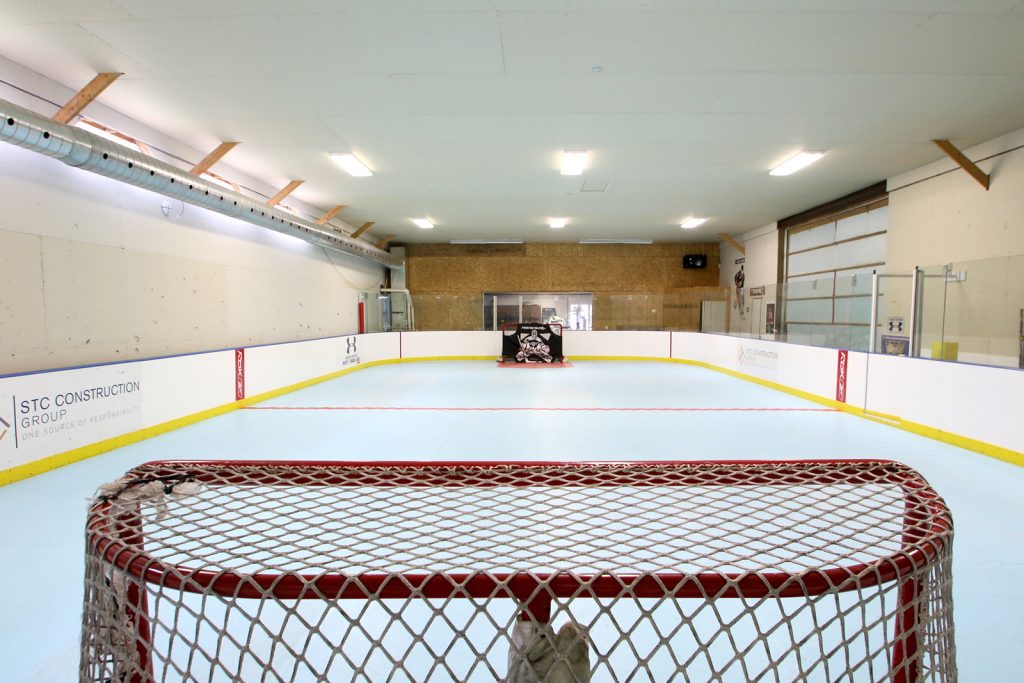
The first incarnation of the Barn—as it quickly became known, and the moniker remains today—was, of all things, a playland. For anyone unfamiliar, a popular fast-food chain incorporated a range of indoor playgrounds in a number of their franchises around North America, featuring slides, roundabouts, climbers and statues.
For his son’s sixth birthday, the homeowner had a 40 x 70 foot rink area installed, surrounded by NHL calibre boards and glass. “The rink is not quite the size of a NHL regulation rink,” he says. “We started with the boards, then added the ice later. Just before the pandemic, we upgraded the ice. The gym was added, along the way, as well as a living area. My son is at an age now where he wants to hang out with his friends, rather than his parents. This is a safe place for him and his friends. The work has been a large investment spread over several years. You do that kind of thing for your kid.”
Traditional ice rink ice requires that oil be added to it in order to give it “glide.” Separate, expensive equipment is required to do this. For that reason, the homeowner upgraded to CAN-ICE, which is a synthetic ice surface that looks, feels and performs just like real ice, whether it’s indoors or outside. According to the CAN-ICE website, its goal is “to provide greater and easier access to ice time for skill development. We are passionate about skating and hockey and in giving more people the opportunity to experience the joy and thrill of both. CAN-ICE gives young players and skaters a synthetic ice surface on which to play and practice 365 days a year.”
“Hockey Canada endorses CAN-ICE,” the homeowner goes on. “It’s cost effective and less maintenance. I mean, to build a real ice rink, the ice alone would cost in the neighbourhood of $375,000.”
Although the homeowner did not grow up playing hockey, his son is very involved in the sport. Having his own space to practice and workout has definitely had its benefits.
“When you consider, renting ice can cost between $220 and $260 per hour, and then bringing in a trainer on top of that,” he says. “We just have the trainer come here to the Barn. He and my son workout for an hour in the gym, then go out onto the ice for an hour. It works out for everyone.”
The homeowner’s son’s game has improved immensely having the dedicated training area available 24/7. In the warmer months, when the weather is cooperating, practice can take place on the “sport court,” which can be used for rollerblading, basketball, volleyball, tennis, and badminton.
For his own part, the homeowner says: “I love the opportunity to do this for my son and his friends. Our house is very unique. I’m happy to provide the kids with these entertaining things. My outlook is about the kids, to provide them with as many
activities that will keep them active and away from those video games!”


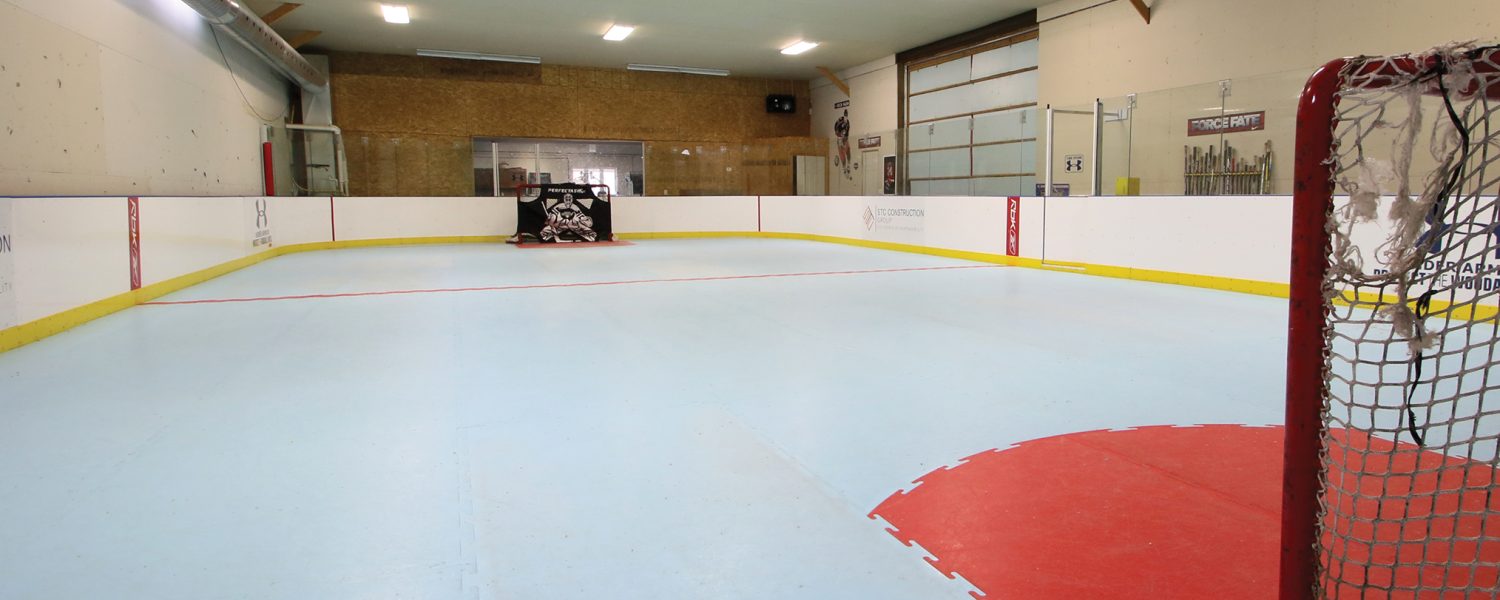
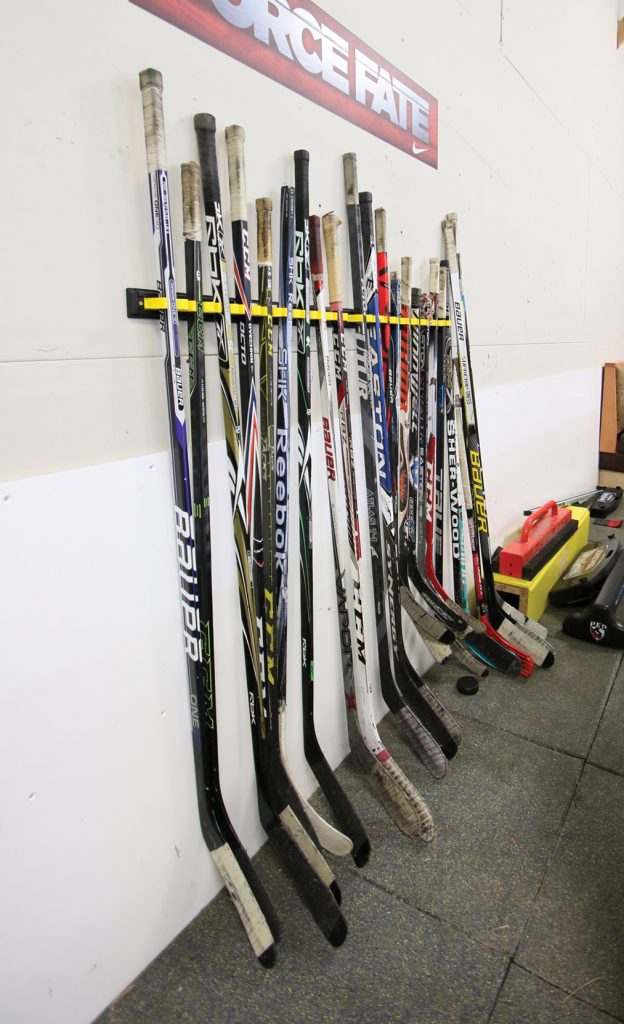
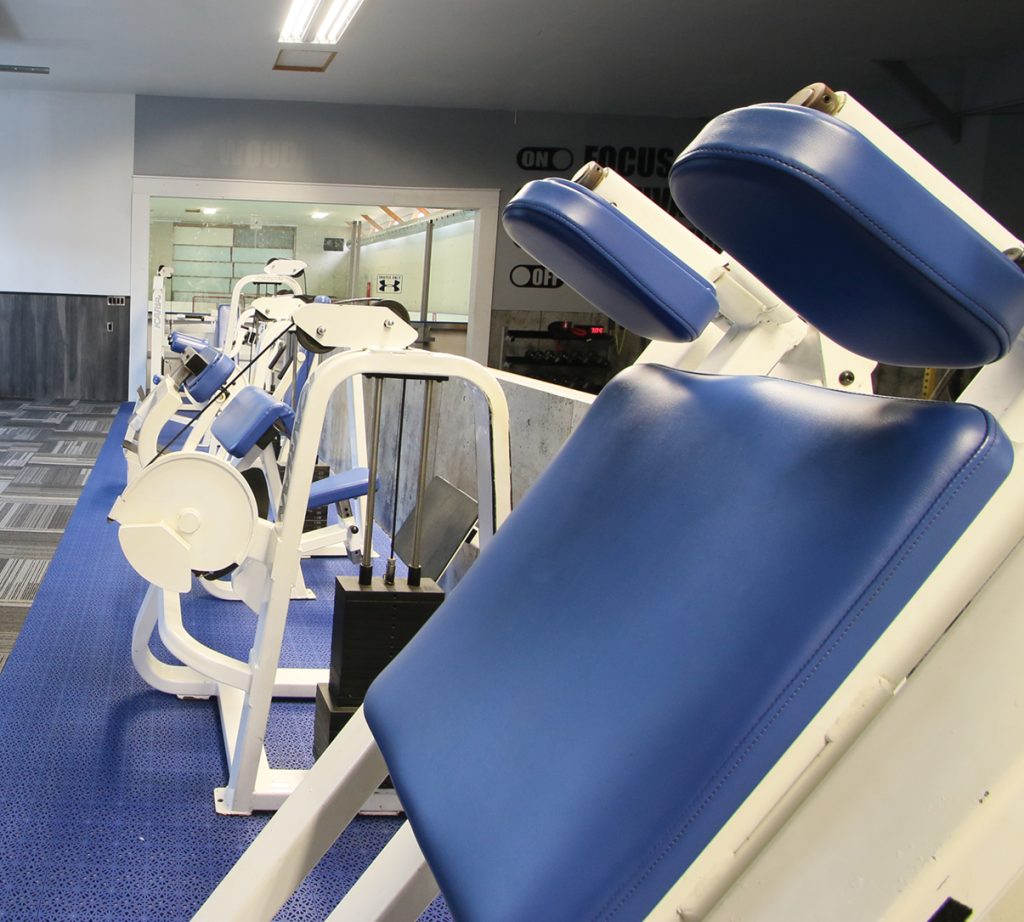
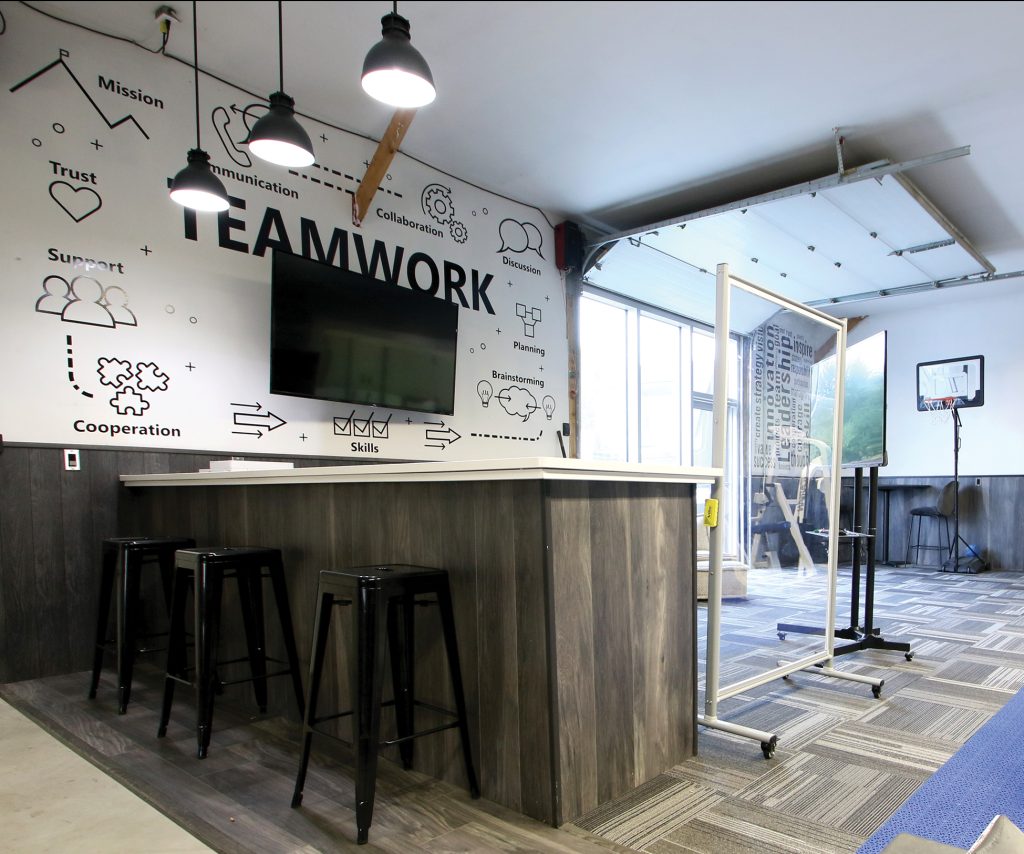

Add comment